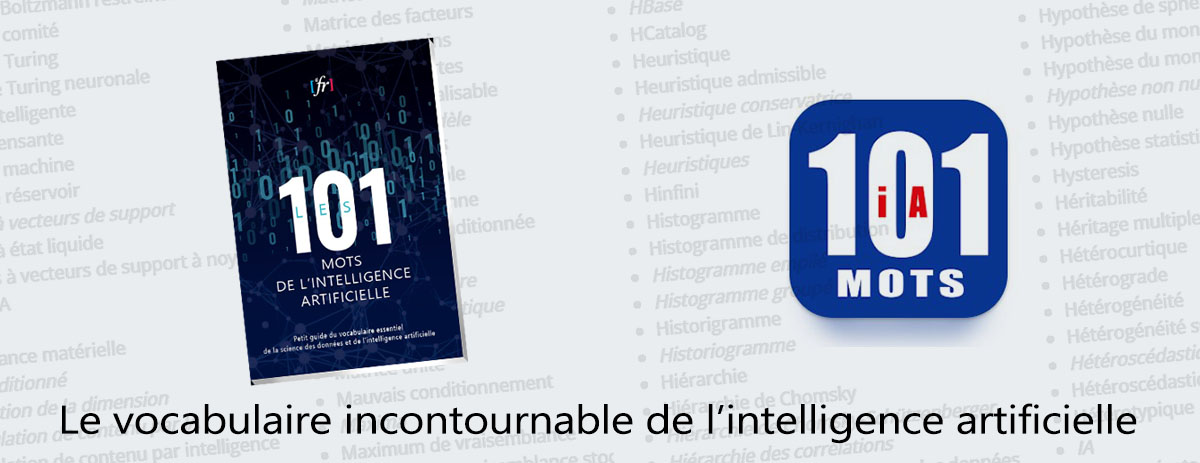« Architecture prédictive à plongements joints pour les images » : différence entre les versions
(Page créée avec « ==en construction== == Définition == XXXXXXXXX == Français == ''' XXXXXXXXX ''' == Anglais == ''' Image Joint Embedding Predictive Architecture''' '''I-JEPA'''... ») |
m (Remplacement de texte : « ↵↵↵ » par « ») |
||
| (5 versions intermédiaires par 3 utilisateurs non affichées) | |||
| Ligne 1 : | Ligne 1 : | ||
==en | == Définition == | ||
Architecture ou modèle qui apprend en créant un représentation interne (représentation latente ou espace latent) du monde extérieur permettant la comparaison de représentations abstraites d’images. L'APPJ-I offre de bonnes performances dans la réalisation de plusieurs tâches de [[vision artificielle]]. | |||
== Compléments == | |||
L'architecture APPJ-I, proposée par la société Meta, est beaucoup plus efficace en termes de calcul que d'autres modèles courants de vision artificielle et s'adapte plus facilement à des situations inconnues. | |||
== Français == | |||
'''architecture prédictive à plongements joints pour les images''' | |||
'''modèle prédictif à plongements joints pour les images''' | |||
'''APPJ-I''' | |||
''' | |||
== Anglais == | == Anglais == | ||
''' | ''' image joint embedding predictive architecture''' | ||
'''I-JEPA''' | '''I-JEPA''' | ||
<!--Learns by creating an internal model of the outside world, which compares abstract representations of images (rather than comparing the pixels themselves). I-JEPA delivers strong performance on multiple computer vision tasks, and it’s much more computationally efficient than other widely used computer vision models. The representations learned by I-JEPA can also be used for many different applications without needing extensive fine tuning.-->==Sources== | |||
[https://ai.facebook.com/blog/yann-lecun-ai-model-i-jepa Source : meta] | |||
[https:// | [https://intelligence-artificielle.developpez.com/actu/345580/I-JEPA-le-premier-modele-d-IA-base-sur-la-vision-de-Yann-LeCun-le-scientifique-en-chef-de-Meta-specialise-dans-l-IA-pour-une-IA-plus-proche-de-l-humain/ Source: developpez.com ] | ||
[https://project.inria.fr/bigvisdata/files/2021/01/cours10.pdf Source: INRIA] | |||
[[Catégorie: | [[Catégorie:GRAND LEXIQUE FRANÇAIS]] | ||
Dernière version du 29 janvier 2024 à 12:00
Définition
Architecture ou modèle qui apprend en créant un représentation interne (représentation latente ou espace latent) du monde extérieur permettant la comparaison de représentations abstraites d’images. L'APPJ-I offre de bonnes performances dans la réalisation de plusieurs tâches de vision artificielle.
Compléments
L'architecture APPJ-I, proposée par la société Meta, est beaucoup plus efficace en termes de calcul que d'autres modèles courants de vision artificielle et s'adapte plus facilement à des situations inconnues.
Français
architecture prédictive à plongements joints pour les images
modèle prédictif à plongements joints pour les images
APPJ-I
Anglais
image joint embedding predictive architecture
I-JEPA
Sources

Contributeurs: Claude Coulombe, Patrick Drouin, wiki






